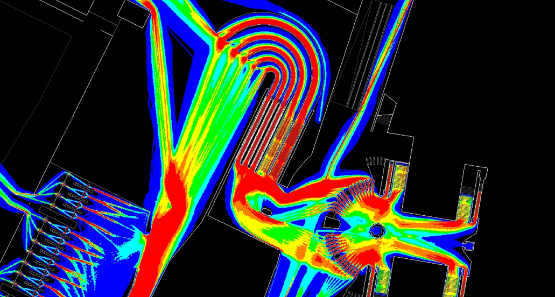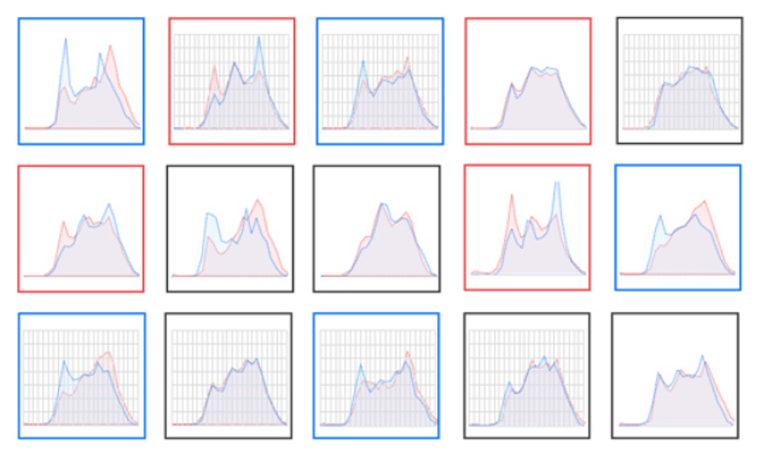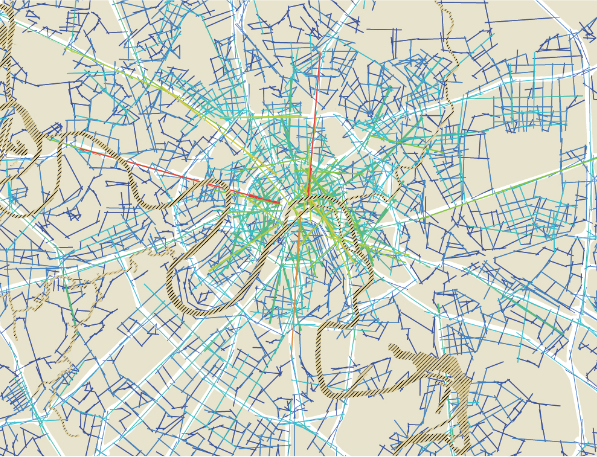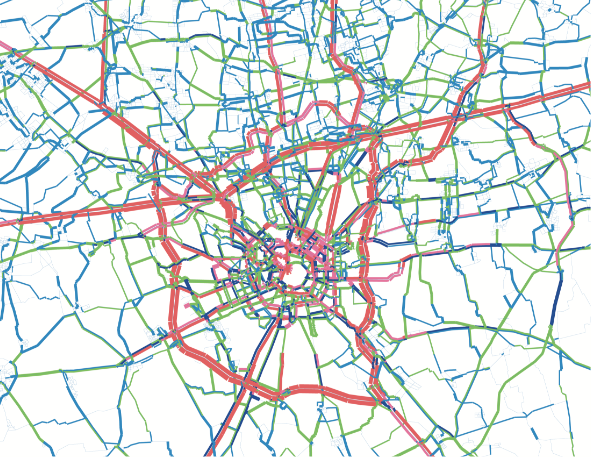Analytical Tools and Simulation Software

World Exposition Milan 2015 Accessibility and Mobility Plan, Rho (Milan), Italy
Traffic engineering was traditionally devised to test the impacts of private development and infrastructure investments on traffic conditions and response to travel demand. Today, the available mobility data has revolutionized this approach giving the transport planner a proactive role, an analytical tool at the fingertips of any venture investor planning for a new business or a decision maker needing to measure the effects of an investment.
The holistic multi-disciplinary vision and approach toward urban analytics, has undergone a breakthrough, merging demographics, socio economics, mobility patterns, land use, and functional distribution into a single framework of reference. The breakthrough is the capability to unveil this information and transform it into an asset, an analytical tool that forecasts with an integrated cause-and-effect mechanism that feeds continuously the analytical and forecasting process.
Traffic Data Analysis and Surveying

Los Angeles collision density map
Traffic data retrieved from Big Data sources, principally GPS and Location-based devices (vehicles and cell phones), is acquired and used as a base data for city mobility patterns analysis and reconstruction of traffic baseline models.
Advanced and innovative surveying tools and technologies are also used for analysing microscopic movement patterns in public space and enclosed area equally.
City Geographies Mapping

Moscow connectivity map
City readings unveil their intrinsic qualities and comprise a first step towards cross-constructing relationships between socio-economic, demographic, income levels, age ranges, etc., on the one hand, and mobility patterns and road and public transportation offering distinctly in different parts of the city.
City geographies are also reconstructed for specific purposes, be it geo-marketing, site selection of small businesses and large investments equally.
Modelling and Simulation

Milan traffic flow map
Traffic modelling and simulation tools for both vehicle and pedestrian movements are common tools used by us, at Systematica. Modelling is continuously questioned and re-invented based on the specificities and needs of every project, converging microscopic and macroscopic modelling scales, seeking correlation between spatial characteristics and traffic distribution models, etc.
Modelling tools are not only conceived as validation instruments but are also used as design development instruments, opening possibilities for testing alternatives and stress-testing networks through changing base parameters.